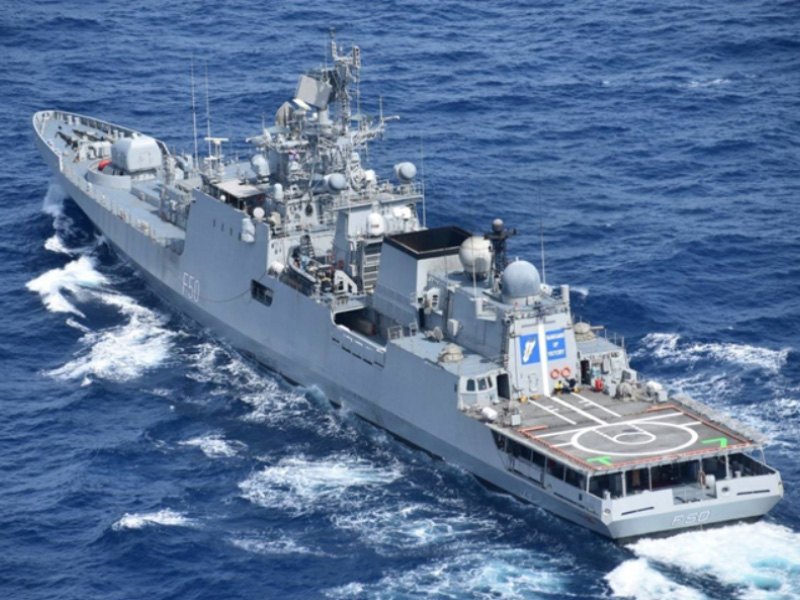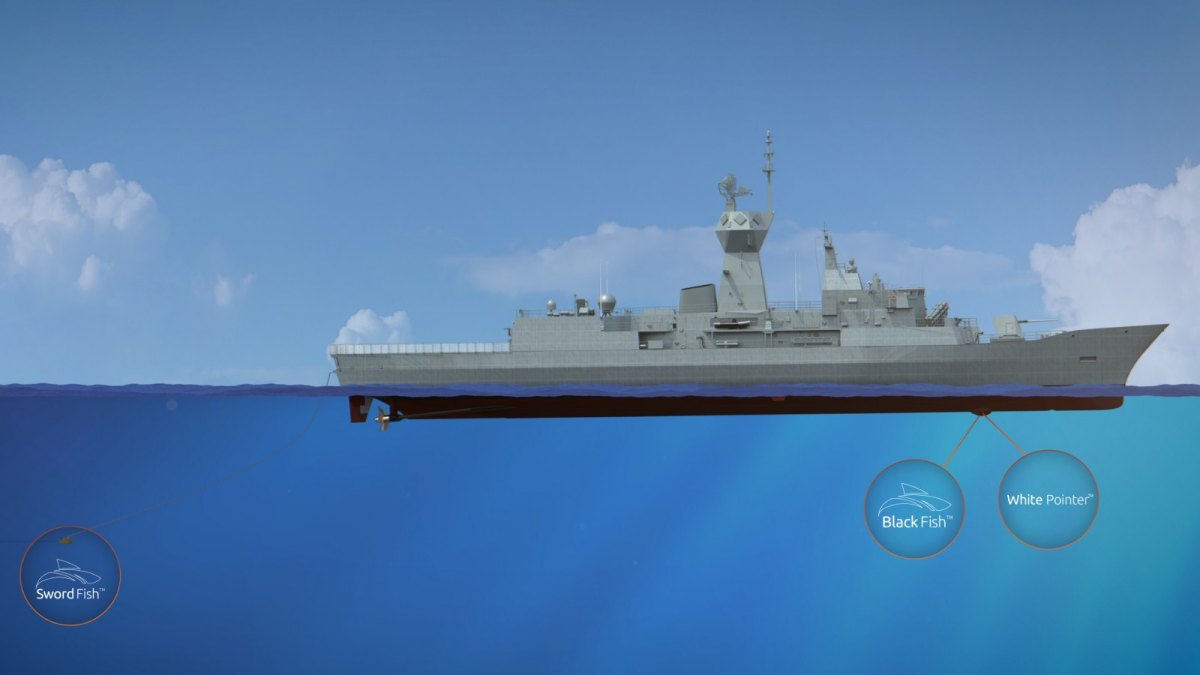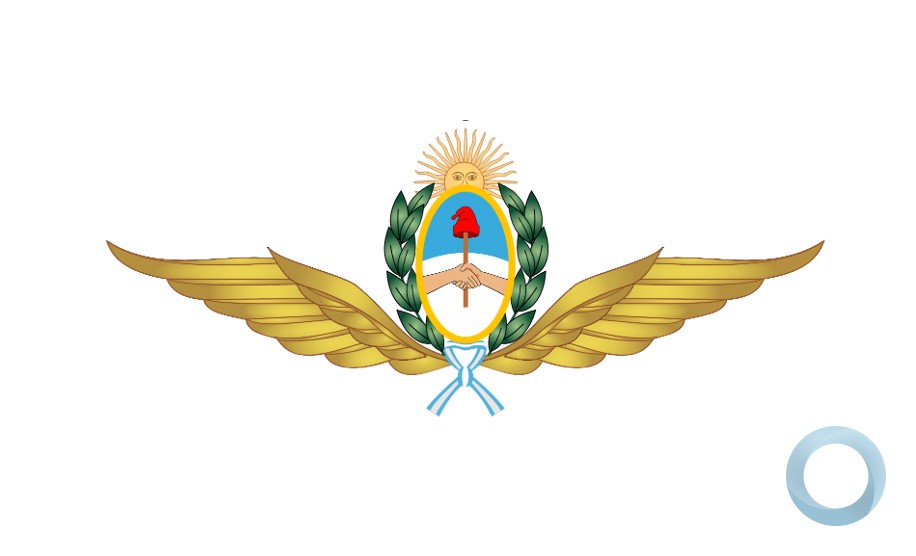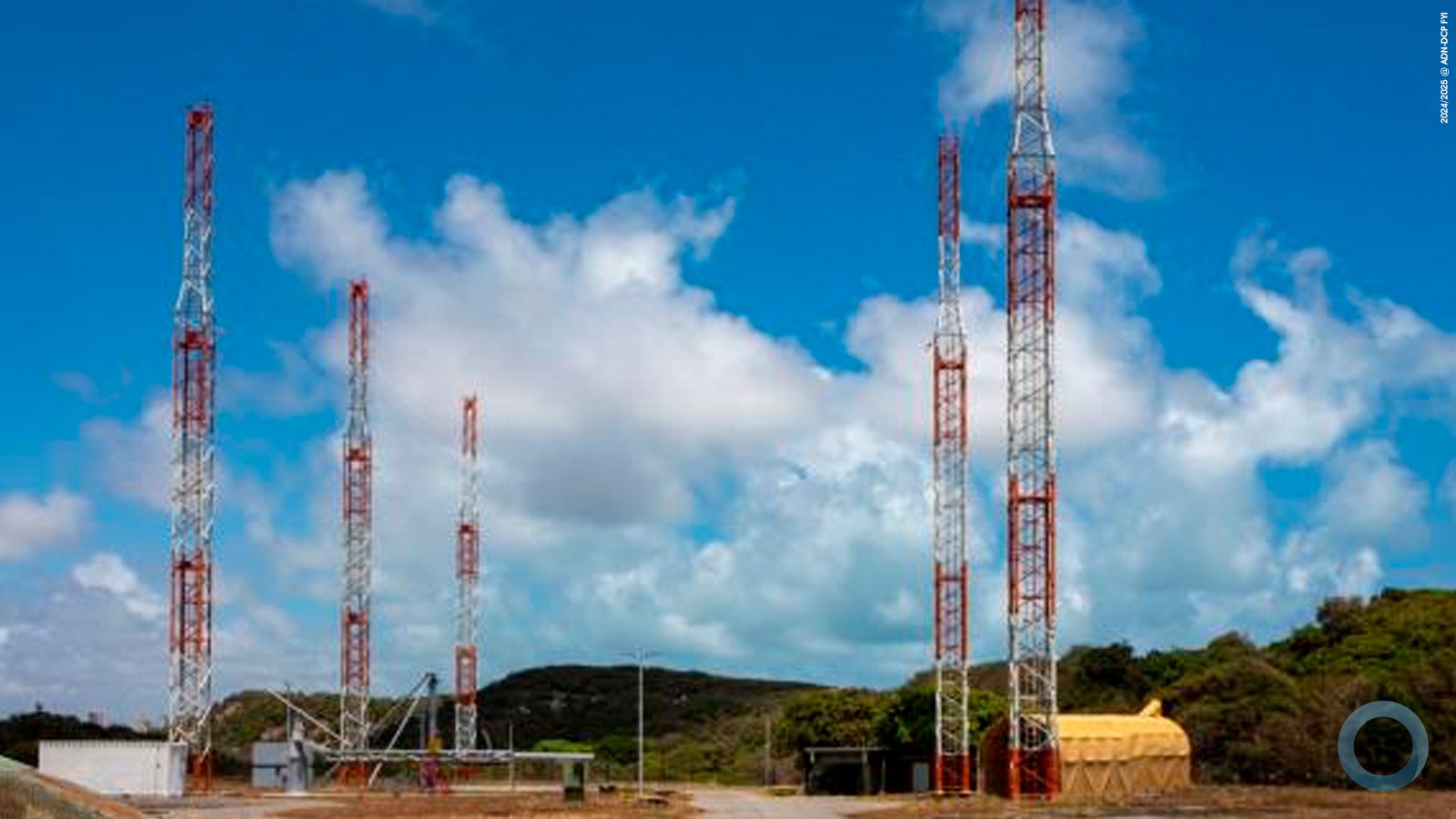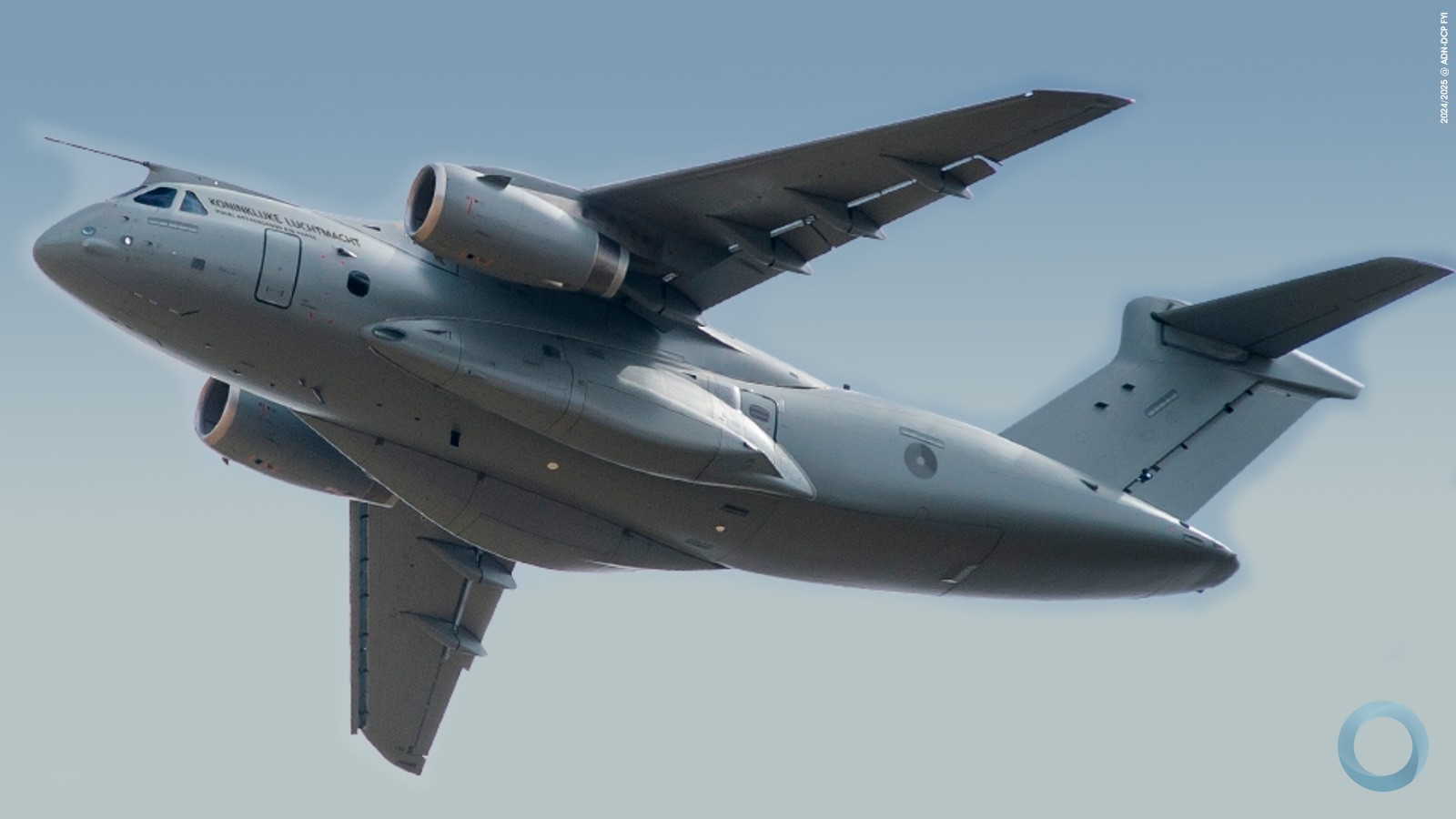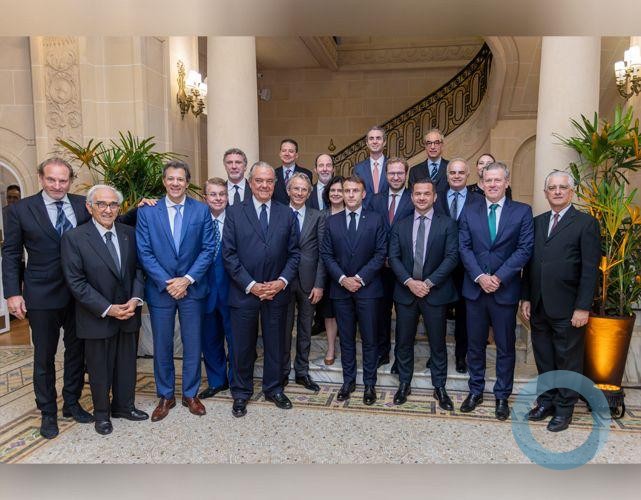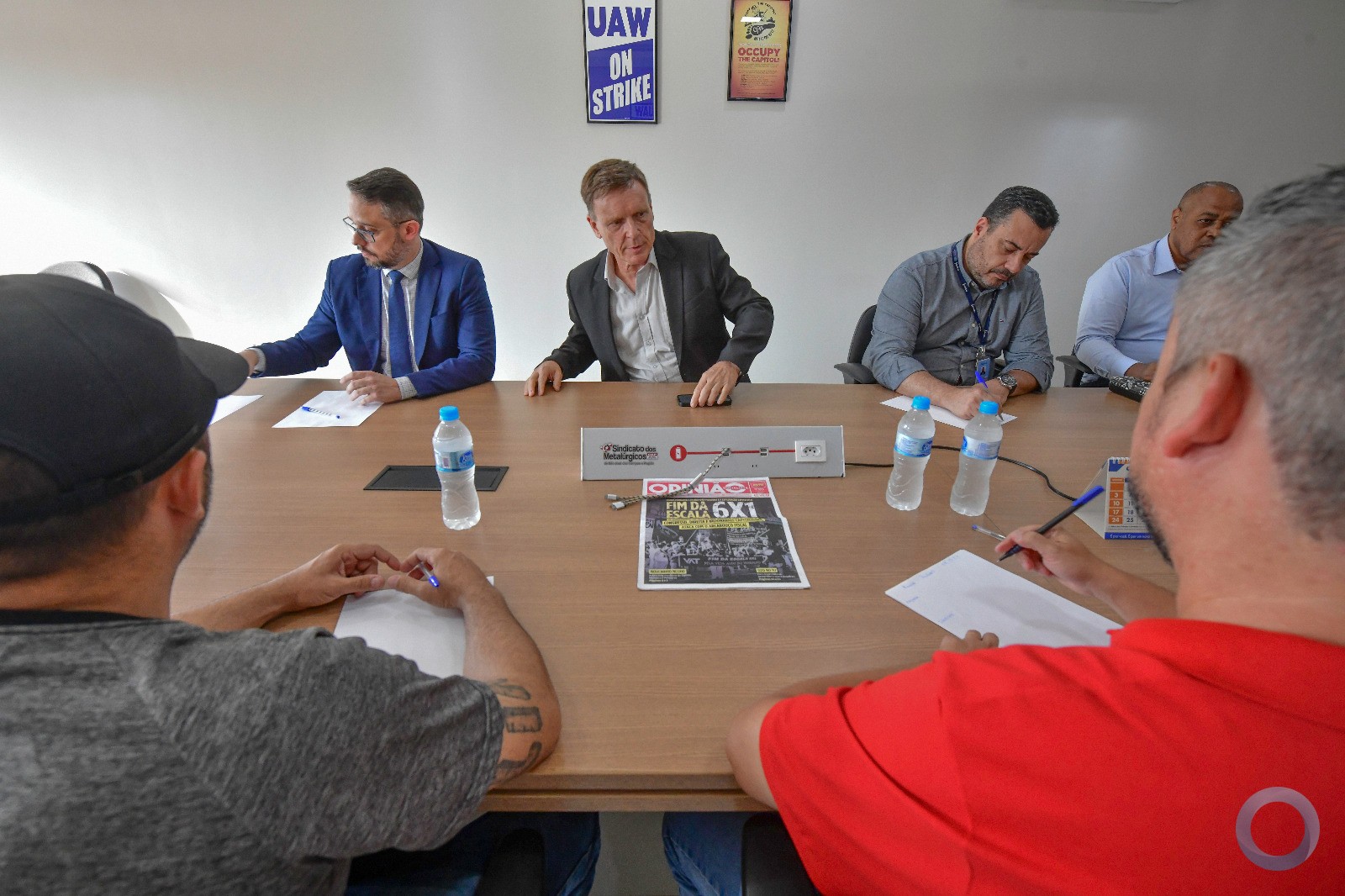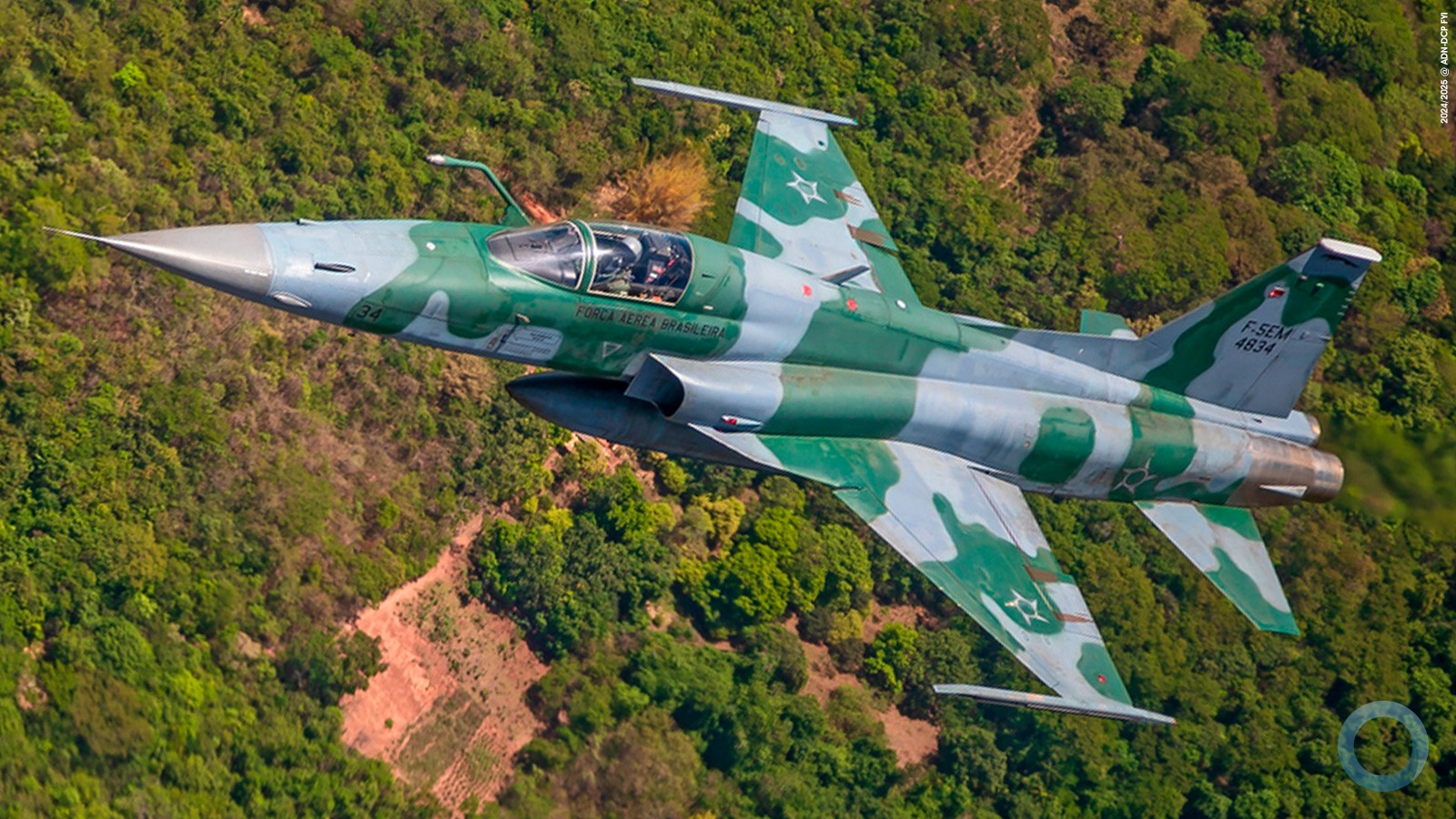The two helicopters H125s – also known as the UH-13 by the Brazilian Navy – were coming back home after spending five months in the Antarctic continent on board the “Ary Rongel” ship, one of the Navy’s research vessels, which along with fellow icebreaker, “Almirante Maximiliano”, participate every year in the Brazilian Antarctic Programme (PROANTAR).
“The helicopters of the Brazilian Navy’s HU-1 Helicopter Squadron have participated in the PROANTAR programme since the first campaign took place in 1981,” proudly declared Erikson Mendonça da Silva, Commander of the HU-1 Helicopter Squadron. “The two UH-13s were worth a little homage after having contributed to 33 successful missions in Antarctica!”
The Brazilian Navy is responsible for the logistics of the PROANTAR programme, which was born in 1981 to coordinate and provide operational support to Brazil’s research initiatives in the frozen continent, in areas which include oceanography, biology, glaciology, chemistry and meteorology.
As part of the logistics support, the Navy is in charge of the transport of personnel, equipment and supplies to Antarctica, but also assures the maintenance of Brazil’s Antarctic research Comandante Ferraz station, including its laboratories and shelters. The multi-mission capacity of the helicopters of the HU-1 Squadron as well as their reliability and performance in polar weather are real assets for the Navy’s very demanding operations in the Antarctica.


The role of the helicopters is key in such harsh environments and the Navy relies on them for a wide variety of missions.
“In general we use them to transport goods and personnel from the ship to the research fields, but they are also extremely valuable to perform air medical evacuation and search and rescue missions”, said Captain Edgard Cardoso Gama, Operations Officer of the Brazilian Naval Air Force Command “Some of the research projects, especially those related to paleontology, are carried out in very remote areas that require navigation through the Weddel Sea. In these type of missions the role of the helicopters is also essential as they are able to guide the ship's course along the ice fields.”14
Flying in polar weather
Despite the Antarctic campaigns being carried out during the summer period, the weather conditions remain the biggest challenge for the Navy’s team of four pilots and nine mechanics in charge of the two UH-13 helicopters.
“During the Antarctic summer, temperatures are usually around -10°C, but the weather conditions can vary a lot throughout the day, requiring careful planning and constant monitoring,” noted Captain Gama. “Sudden snowfalls, strong winds and lack of visibility are frequent and some days we are obliged to report our air operations. On the other hand, when the conditions are favorable and given the length of the Antarctic day, we can carry out up to 12 hours of operations in one day. During the last campaign our 2 helicopters flew about 150 hours”. The 2019-2020 PROANTAR campaign took place from the 25 October 2019 to the 8th April 2020 with the participation of 250 researchers working for 23 different scientific projects. The PROANTAR programme assures Brazil’s position as a consulting member of the Antarctic Treaty.






